Direct mail with branded merchandise might seem like a relic from the past. However, this traditional marketing approach continues to deliver impressive results when strategically implemented. But what makes receiving a physical branded item so effective at influencing consumer behaviour?
Let’s explore the fascinating psychological principles that make branded merchandise in direct mail campaigns so powerful.
The Tangibility Factor
Unlike digital marketing messages that can be closed with a click, physical items engage multiple sensory experiences:
- Touch: The physical sensation of holding an item creates a stronger memory imprint than visual stimuli alone
- Sight: Branded colours and logos trigger visual recognition
- Sometimes, even smell or taste: Items with distinct scents or edible promotional products engage additional senses
Research in haptic marketing shows that physically interacting with items creates what psychologists call the “endowment effect” - people value items more once they’ve touched them.
Why Customers Respond Positively to Direct Mail
Even in our hyper-digital world, direct mail generates impressive response rates, often outperforming digital channels. Several psychological factors explain this persistent effectiveness:
The Physical-Digital Divide
In a world where the average person is bombarded with thousands of digital messages daily, physical mail creates a distinct mental category. Neuroscience research has shown that physical marketing materials require 21% less cognitive effort to process than digital media, making them easier to understand and remember.
The Trust Element
Direct mail carries an inherent credibility that digital communications often lack. The investment required to create and distribute physical mail signals legitimacy and commitment from the sender. This is particularly important when building relationships with new prospects who may be sceptical of purely digital outreach.
The Ritual of Mail
The physical act of retrieving, sorting, and opening mail is a deeply ingrained ritual for many people. This routine interaction creates a moment of anticipation that digital communications rarely match. When that routine is punctuated with an unexpected gift, the positive association is amplified.
Reduced Competition
While email inboxes overflow with hundreds of messages competing for attention, the average household receives only about 10-17 pieces of mail per week. This dramatically reduces the competition for attention, giving each piece a greater chance of meaningful engagement.
Generational Appeal
Interestingly, direct mail’s effectiveness spans generations. While older demographics have a lifelong familiarity with physical mail, younger consumers like Gen Z often find direct mail novel and attention-grabbing precisely because they’ve received less of it throughout their lives, creating what marketers call the “mail moment.”
The Reciprocity Principle
One of the most powerful psychological triggers at work with branded merchandise is the principle of reciprocity. When someone receives a gift, they feel a natural obligation to give something in return. This principle, extensively documented by psychologist Robert Cialdini, is deeply ingrained in human social behaviour.
When a company sends a useful branded item, recipients unconsciously feel:
- A sense of indebtedness
- A positive association with the brand
- An increased likelihood of engaging with future communications
The Extended Brand Exposure
Unlike digital ads that disappear in seconds, physical branded merchandise remains in the recipient’s environment:
- A coffee mug sits on a desk for years
- A branded pen gets used daily
- A tote bag accompanies the recipient in public spaces
This extended exposure creates what marketers call “impression multipliers” - each use reinforces brand recognition and generates additional impressions from others who see the item.
Effective Branded Merchandise for Direct Mail
When selecting branded merchandise for direct mail campaigns, the key is balancing practicality, memorability, and mail-friendliness. Here are some particularly effective options:
Flat-Profile Items
Lightweight, thin items that minimise postage costs while maximising impact include:
- Custom magnets: Placed on refrigerators or office filing cabinets for daily visibility
- High-quality stickers: Especially effective for brands with strong visual appeal or when targeting younger demographics
- Microfiber cleaning cloths: Practical for electronics, eyewear, or as general cleaning tools with extensive usage lifespans
- Pocket calendars or planners: Providing utility throughout the year
- Seed packets: Aligned with eco-friendly messaging and creating an ongoing relationship as recipients watch plants grow
Foldable or Compressible Items
These items arrive compact but expand for use:
- Reusable shopping bags: Particularly relevant as single-use plastic bags face increasing restrictions
- Collapsible water bottles: Appealing to health-conscious and environmentally aware consumers
- Foldable phone stands: Useful in our device-centred world
- Pop-up sponges: Novel items that expand when wet
Premium Thin Profile Items
For high-value prospects:
- RFID-blocking wallet cards: Combining security with utility
- Slim power banks: Essential for on-the-go professionals
- Subscription cards: Providing access to digital services while maintaining a physical touchpoint
- Metal bookmarks: Elegant, durable, and practical
Novelty Items
These create stronger impressions through uniqueness:
- Custom-shaped USB drives: Particularly effective when the shape relates to your business
- Scratch-off cards: Adding an element of discovery and interaction
- Customised deck of cards: Providing entertainment value while reinforcing brand presence
- Personalised luggage tags: Combining utility with visibility in public spaces
The most successful direct mail merchandise campaigns pair the item with the recipient’s needs and the brand’s identity. A financial services company might send a calculator or budget planner, while a health-focused organisation might include a pedometer or resistance band. The key is choosing items that recipients will genuinely want to keep and use repeatedly, creating thousands of brand impressions over time.
Practical Implementation
For maximum psychological impact:
- Choose useful items: Merchandise that serves a genuine purpose avoids being perceived as wasteful
- Ensure quality: Low-quality items can damage brand perception
- Personalise when possible: Adding the recipient’s name increases the gift’s perceived value
- Target carefully: Align the merchandise with the recipient demographics and interests
- Include clear follow-up instructions: While avoiding high-pressure tactics, provide a clear next step
The Bottom Line
The psychological impact of receiving something tangible creates marketing moments that digital channels simply cannot replicate. While the initial cost per contact may be higher than digital outreach, the psychological engagement, memorability, and relationship-building potential of branded merchandise in direct mail often delivers superior long-term ROI.
The most successful marketers don’t view this as an either/or proposition but recognise the unique psychological advantages of incorporating physical branded merchandise into their comprehensive marketing strategy.
At Totally Branded, we have everything you need for direct mail marketing, from coasters to a mail garden! Put the fun into your direct mail marketing with Totally Branded.
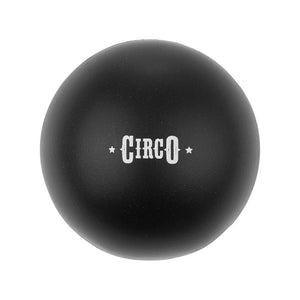
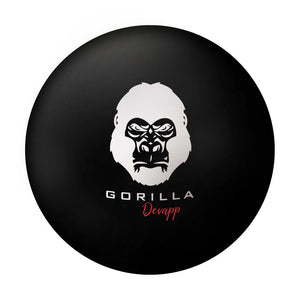

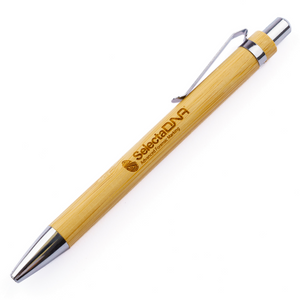
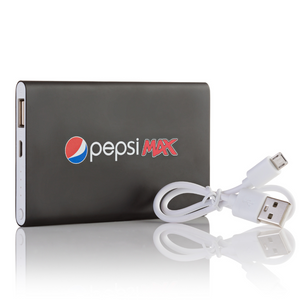
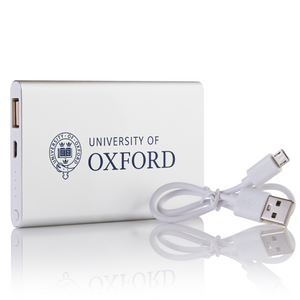
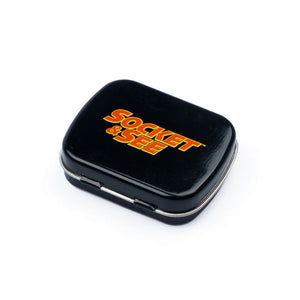
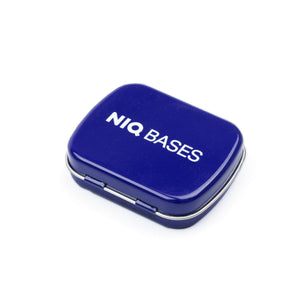
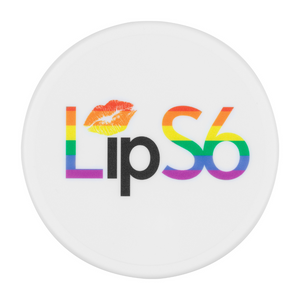
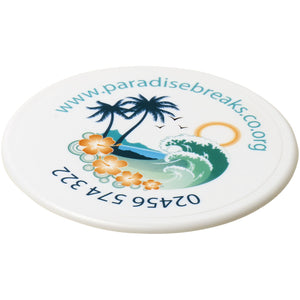

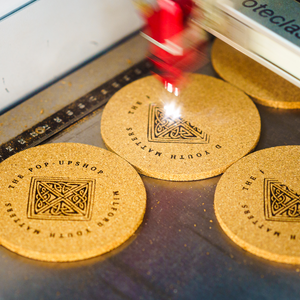

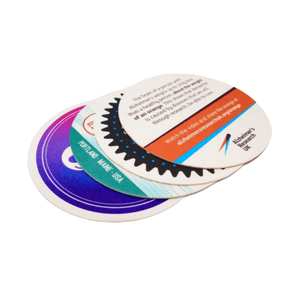
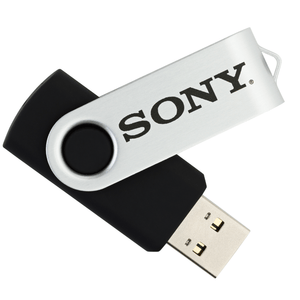
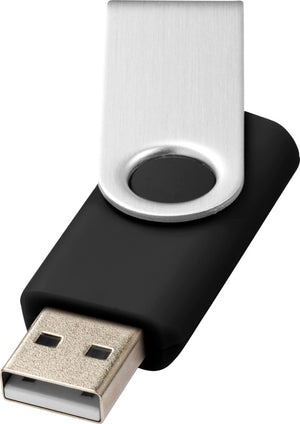

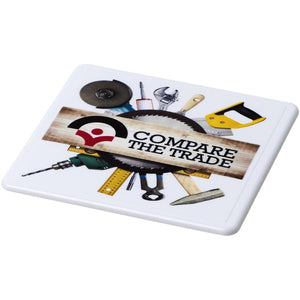

 by Totally Branded
by Totally Branded